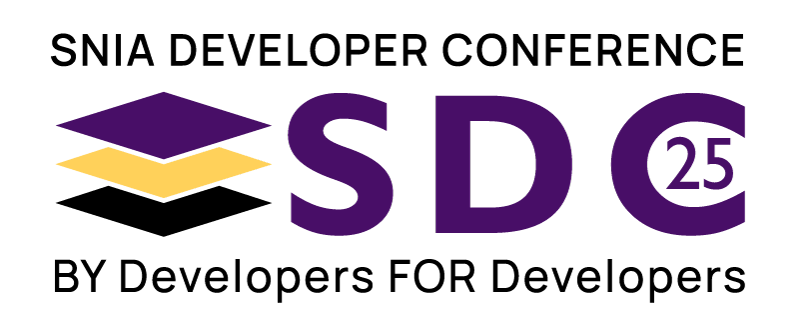Big changes lie ahead for the world of data processing in many areas: hardware structure, data management, processing algorithms, and even computing types (analog vs. digital.) How must the technical community prepare for these changes? Join noted analyst Jim Handy and IEEE President Tom Coughlin as they look at future computing systems in which storage will appear in new and interesting places. This session will examine how CXL might make persistent memory more widely available and bring processing closer to memory, while AI will drive both the broad adoption of new types of volatile DRAM in HBM stacks as well as the use of emerging nonvolatile technologies in AI-specific “Processing in Memory” (PIM) chips and embedded products for consumer and industrial applications. We’ll also show why computing is poised to convert to persistent caches, and eventually persistent register sets, either as memory on the processor chip or as chiplets, even though the DRAM that lies between persistent storage and persistent caches will remain volatile. We’ll touch on the evolution of “AI Everywhere” and show how altogether different approaches will be used for various applications, from neural networks at the edge and computational storage close to the source of the data, to massive centralized data centers that boast tens of thousands of GPUs, all the while explaining what architectures, software, and new algorithms will be needed to support this shift. These changes will require the development of new approaches to computing that will disrupt the fundamental direction of computing architecture.
Prepare for Fundamental Architectural Changes to Storage and Memory
Wed Sep 18 | 2:30pm
Location:
Winchester
Abstract
Learning Objectives
Discover how persistence will find its way into new levels of the memory/storage hierarchy
Understand the challenges presented by mixed persistent and volatile memory levels
See how emerging memory technologies will create new AI platform architectures
---
Jim Handy
Objective Analysis
- Tom CoughlinCoughlin Associates
Related Sessions





